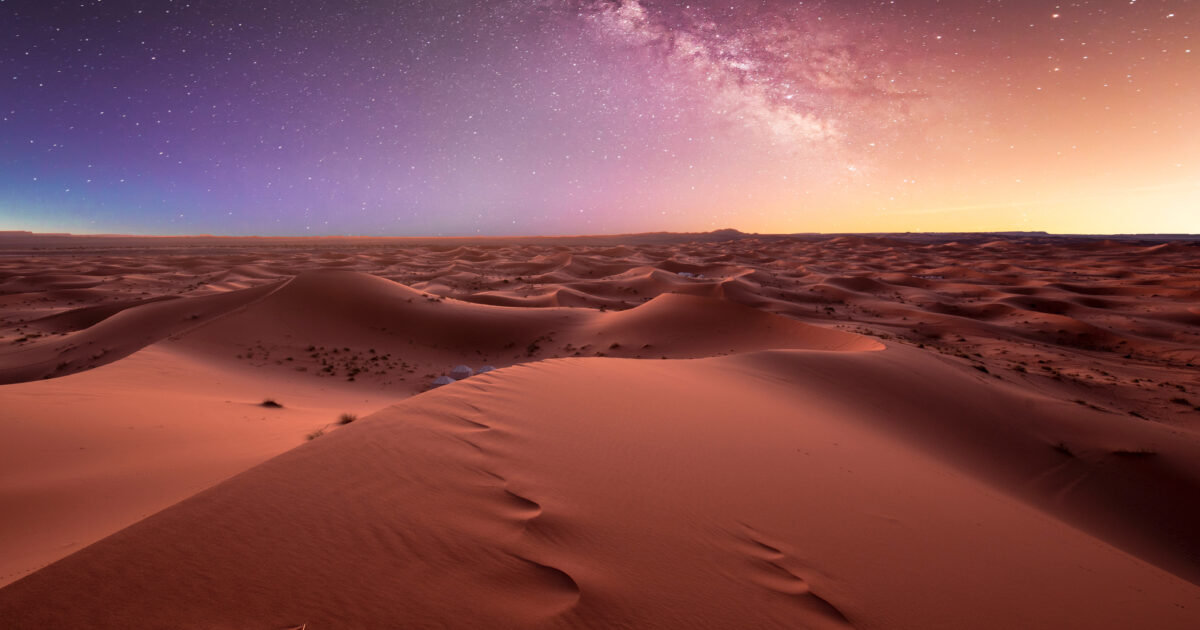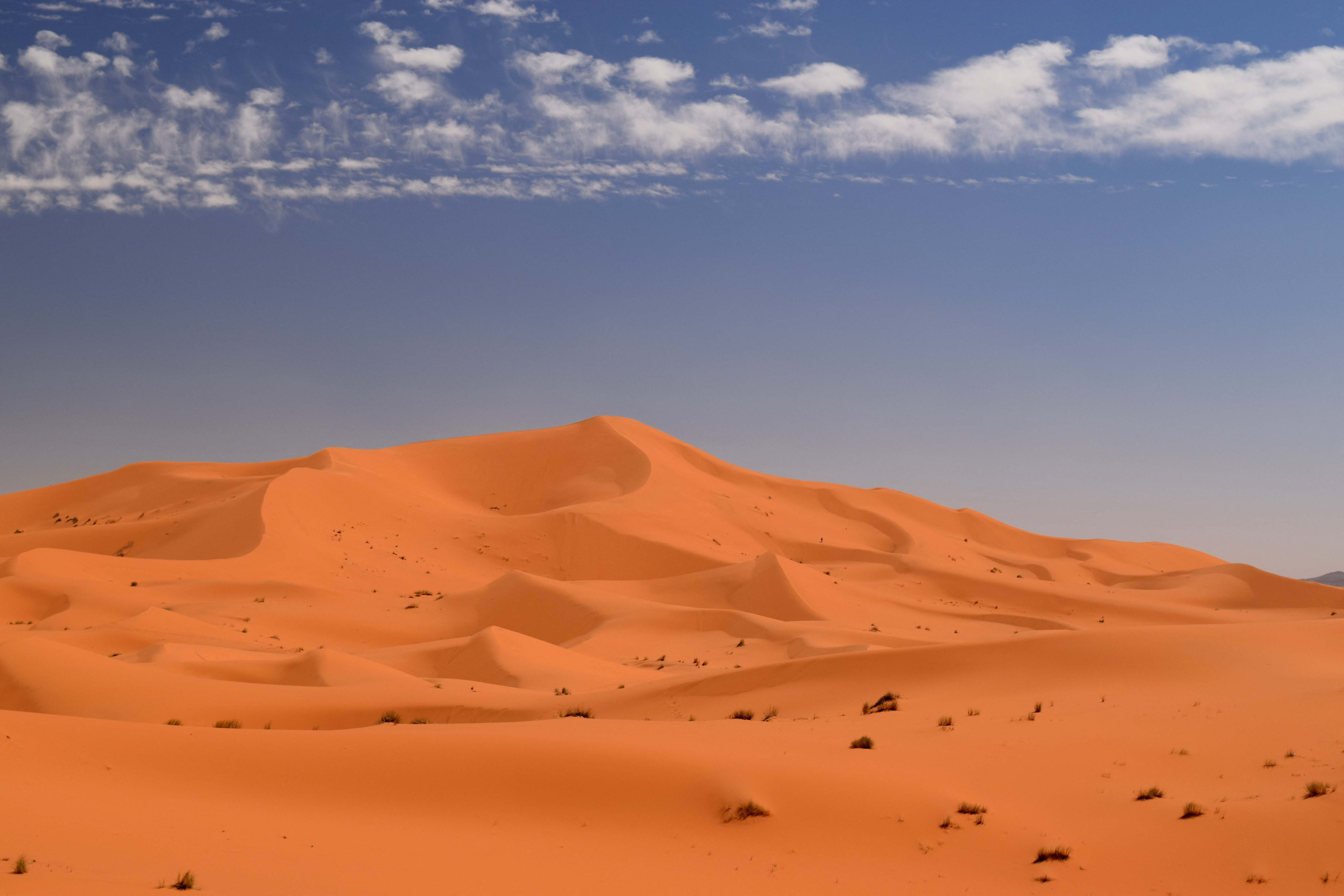
For the first time, the age of one of the largest and most complex dune types on Earth has been estimated.
“Star dunes” are pyramidal formations up to 300 meters high, and due to their geological formation, they look like stars from above. They are found in Africa, Asia, and North America, in addition to Mars.
However, even today It was not possible to date them Of science. Today, scientists reveal for the first time how Sand dunes called Lala Lalia in Morocco, formed 13,000 years ago.
Today, scientists presented the first in-depth study of such a sand dune, revealing its internal geological structure and the time it took to form.
As they found, the formation time of such sand dunes is shorter than previously estimated, however, It is a process that develops over thousands of years.
How are they created?
“Asteroid” sand dunes are formed by headwinds that change direction. Dating it will help scientists understand both wind and climatic conditions at the time of its creation, explains Professor Geoffrey Dallaire from Aberystwyth University, who published the research with Professor Charles Bristow from Birkbeck University in 2013. Scientific Journal Scientific Reports.
Their study focused on sand dunes Lala lala (which in the local Berber language means “the highest sacred point”) is located in the Sahara Desert, in the Erg Chebbi region, about 5 kilometers from the city of Merzouga, near the border with Algeria.
Lala lala rises About 100 meters above the sand dunes The area is about 700 meters wide and consists of at least 5 million metric tons of sand.
After its initial configuration It stopped growing for 8 thousand yearsthen expanded rapidly over the past few thousand years.
Deserts can usually be identified in the geological history of the Earth, but not, at least not until today, as a specific type of sand dune.
This may be due, according to Professor Dahler, to its enormous size, which may have confused researchers because they could not recognize that it was a separate dune.
“These results will likely surprise many, as we can see how quickly this massive sand dune formed It expands in the desert at a rate of about 50 cm annually“, he adds.
Luminescence dating
To determine the age of the “asteroid” sand dunes, scientists used a technique called “Luminescence dating» (History of scintillation).
This method calculates when sand grains of a given composition are exposed to sunlight. Samples were collected in the dark and analyzed in the laboratory under dim red light conditions – similar to a classic film exposure laboratory.
Professor Dallaire He describes the mineral sand grains as “tiny rechargeable batteries” that store energy (derived from the radioactivity of the natural environment) within its crystals.

The longer the sand remains buried underground, the more radioactivity is exposed and the more energy is stored. When the grains are exposed in the laboratory, they release energy in the form of light, so scientists can estimate their age.
“In our dark laboratory, we see the light coming from these grains of sand. The brighter the light, the older the sediment grains are and the more time they have spent buried underground“Dahler explains.
“Asteroid” dunes make up only 10% of the sand dunes found in Earth's deserts, and are the tallest of all other types. They have been identified, in addition to the land, and On Mars, as well as on Saturn's large moon Titan.
“I saw the star dunes for the first time in Namibia 20 years ago and was immediately struck by their size. “I have a vivid memory of the long climb to the top, struggling to walk on the very soft sand, in the heat of the day,” Dallaire describes.
“I find the dunes beautiful. The sight of the undulating curves, and the way the sun changes the light and shadows on them means they always look different, whether in the cool of the morning, in the afternoon sun, or at sunset. The different colors of the sand are also amazing, with the dunes Yellow, white, red and even black sand in different deserts of the world.
Source: Reuters/BBC

“Avid problem solver. Extreme social media junkie. Beer buff. Coffee guru. Internet geek. Travel ninja.”





More Stories
Top 20 Most Played Games in June 2024
Play Age of Mythology: Retold Playtest starting today!
Impressive Maniskin Concert in Greece